Volkswagen has shown a driveable concept version of the Phaeton D2, which would have been its second generation. Luxury sedan never sold well enough to deserve it
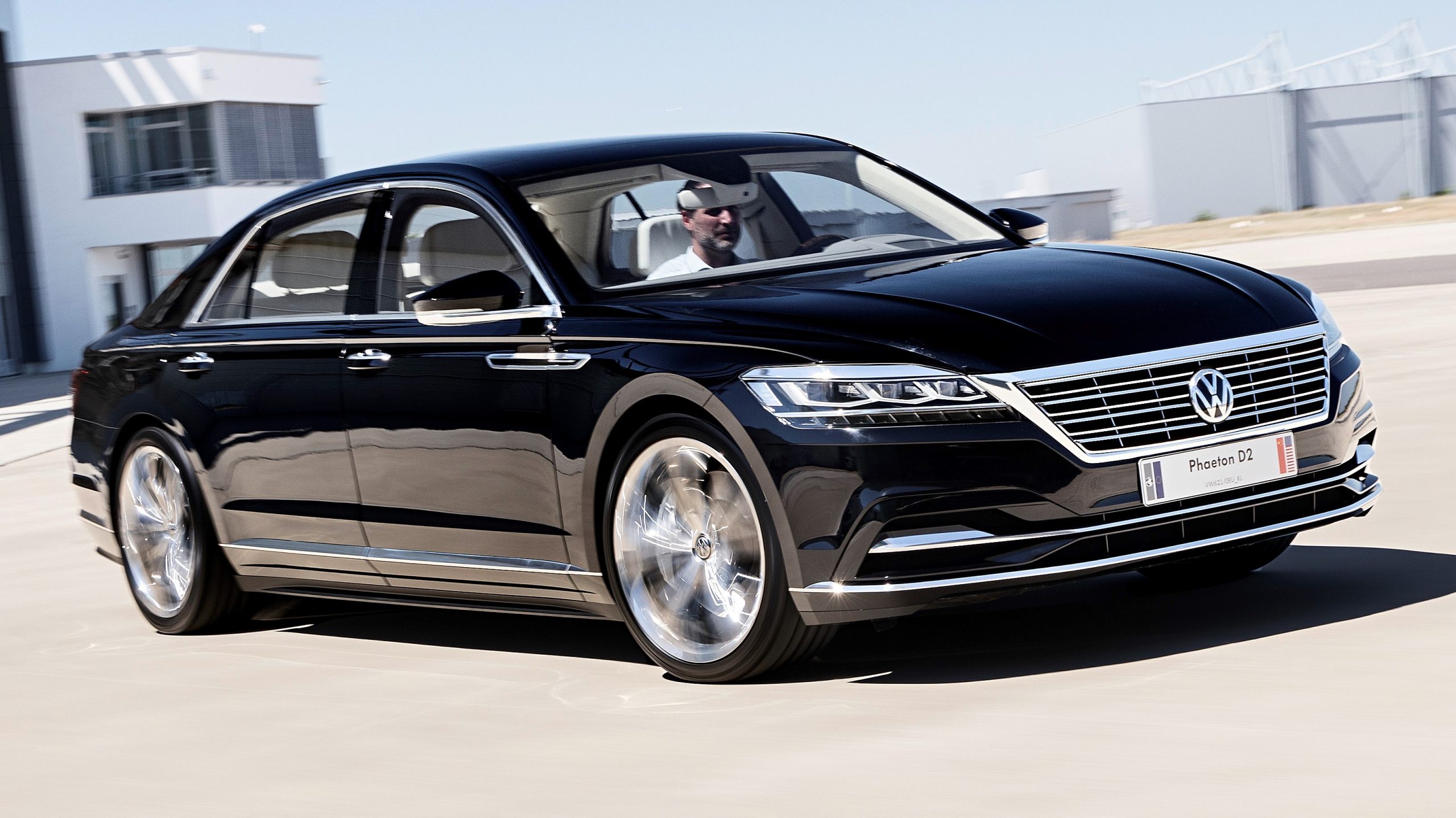
Most car fans already know the facts. Volkswagen released the Phaeton in 2002 as its flagship model. The goal was to compete in the segment of BMW 7 Series and Mercedes-Benz S-Class; it was a response to those companies’ decision of entering the compact market years earlier. Ferdinand Piëch captained the project with a series of requirements that made its development long, complex and expensive.
The model borrowed the Group’s D1 platform from Audi and Bentley and delivered. There were so many technical innovations that Volkswagen even had to file for new patents. However, it turns out that people did not respond as expected. The Phaeton sold less than expected for its entire life cycle, which ended in 2016. Now, the company decided to celebrate its 20th anniversary with an impressive plot twist.
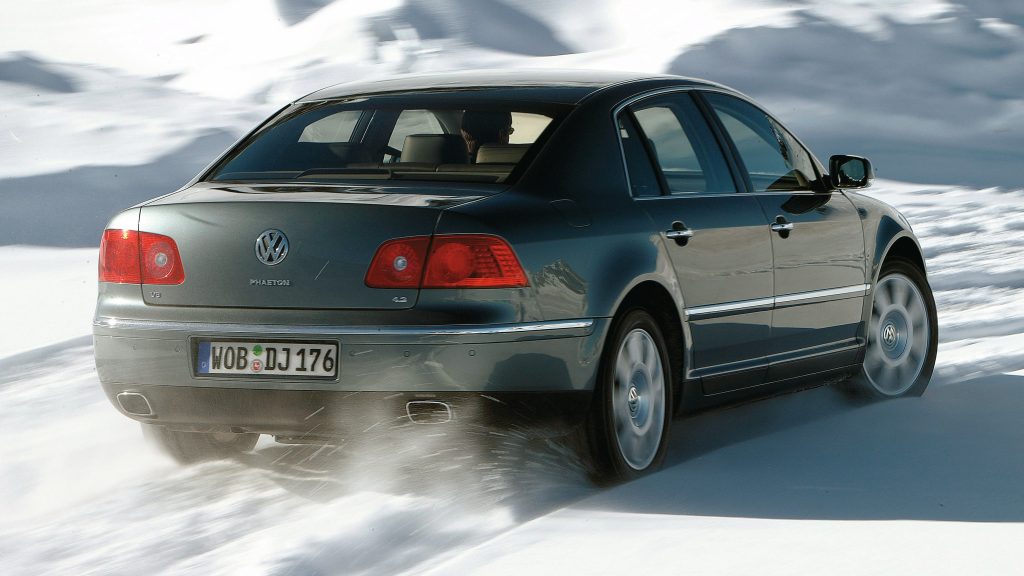
Why did Volkswagen make the Phaeton?
There used to be a gentlemen’s agreement among German automakers. BMW and Mercedes-Benz made their image at the luxury market while Volkswagen stayed at the generalist division; Audi is a luxury brand, yes, but has never had the same prestige as those two. However, makers become quite competitive when they see a possible new sales opportunity. In a way, that is what happened in Europe in the early 2000s.

It was easy for 3 Series Compact and A-Class to steal Golf buyers. At the top tier, the Phaeton could only have a chance to overcome its weaker image by being near-perfect. One of Piëch’s requirements was that the Phaeton should be capable of being driven all day at 300 kph with an exterior temperature of 50°C whilst maintaining the interior temperature at 22°C. Only a few of them were revealed to the press.
Competition aside, VW also needed a strong flagship car. The Touareg arrived in that same year but the SUV trend was not strong yet; the company also toyed with the W12 concept, but that would have been even more far-fetched. Sadly, the Phaeton only accomplished its mission in brochures and press reviews. We already knew that VW took long to give up on it. The plot twist is that it took longer than we thought.

What is the Phaeton D2?
A project that would have been the car’s second generation. As the pictures show, VW went up to making a fully driveable prototype, but chose to abandon it in 2016. Somehow, the automaker managed to keep it a secret all along; we are only learning about it now because of its own decision. And now that we have, just look at the photos. The Phaeton D2 would have been even more interesting than the original car.
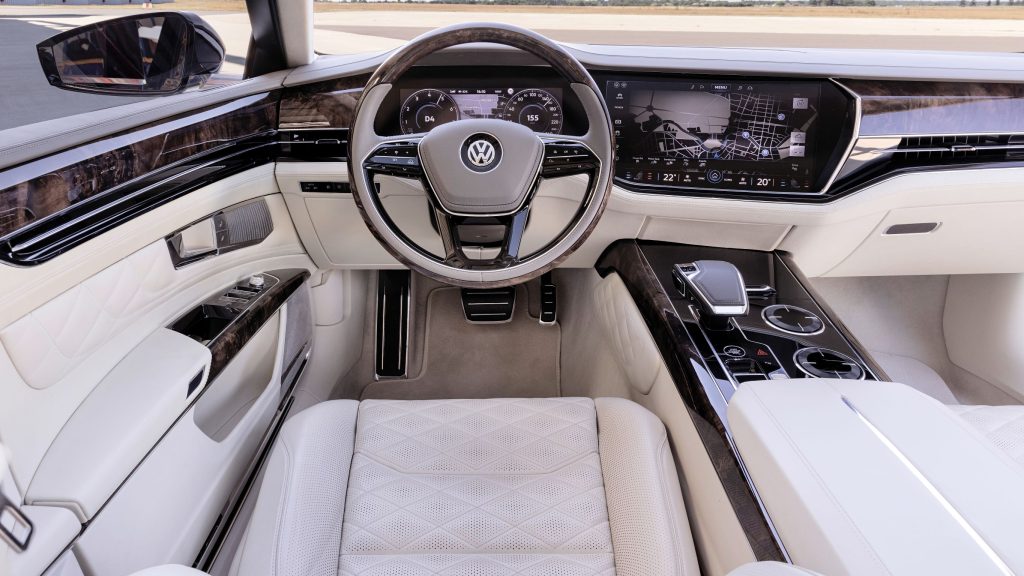
The exterior follows the German tradition of evolutionary redesigns. Horizontal shapes dominate the style while chrome trim makes key appearances here and there. Preserving the window shapes and the thick C-pillars was a great touch. While it definitely looks premium, it lacks that limousine vibe of an S-Class, for example. The rear fascia borrows visual cues from the current Audi A8 but could easily fit on the Passat.
When it comes to technical bits, the Phaeton D2 shares the MLB platform with the VW Group’s high-end models. It paved the way for many new technologies, including the curved infotainment display and many electronic assists. It would also be possible to employ many different engines; there would be V6 options and higher like on the original car plus a plug-in hybrid version to keep it aligned with the new times.
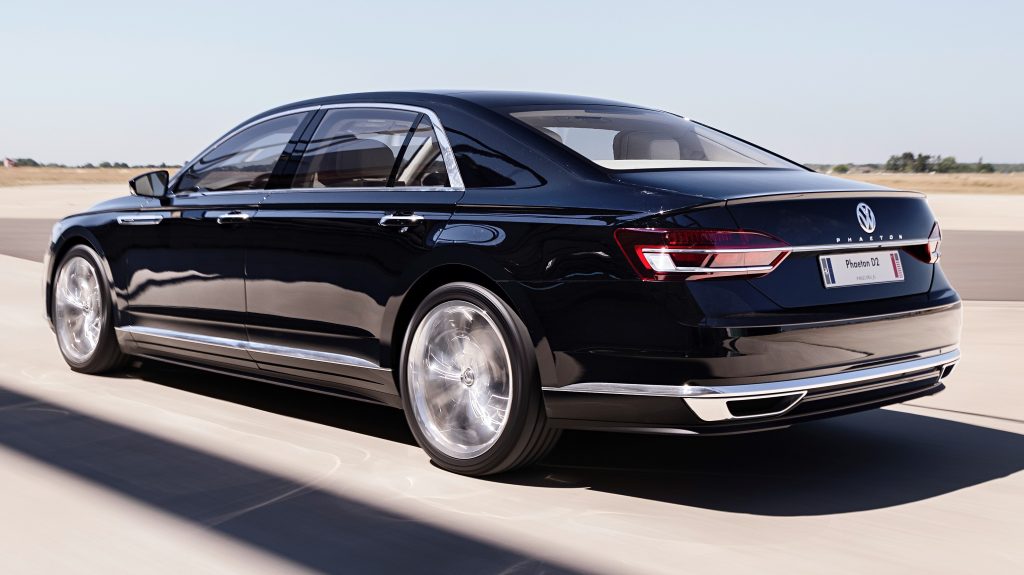
Why did the Volkswagen Phaeton fail?
Weak image is the main reason. Luxury companies market an image above anything else. People buy their products to associate that image to themselves. It may be the elegance of a French perfume, the strength of an Italian suit, or the relaxation of a Brazilian beach resort, for example. Having many objective qualities is good, of course. However, that is not a decisive sales argument because everyone can offer them.
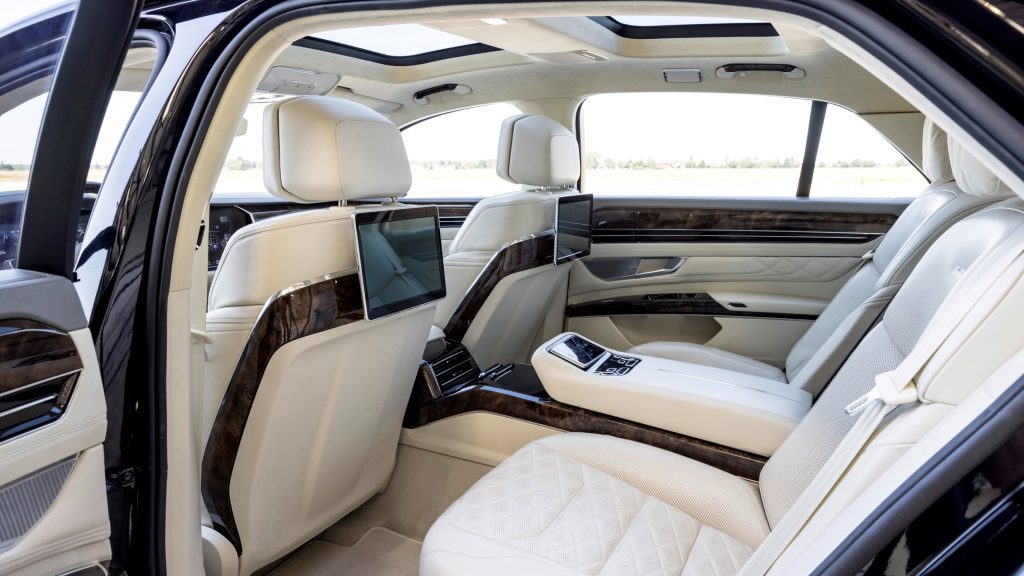
Another important issue is that SUVs had already risen in 2016. The Touareg was already selling well along with the Audi Q7; the Phaeton D2 would simply make VW lose money yet again. Last, but not least, it was just too difficult to convince people to buy it when there was the Audi A8 available with a stronger image, sportier character, and costing not much more. VW’s luxury sedan simply had no space in the market.
The company released the Phideon in 2016, but that car has a coupé-like image and is exclusive for China. Looking back, one can argue that the Phaeton would have had better chances a step below; the segment of 5 Series, E-Class and A6. It would have been a smaller gap from the Passat. Nowadays, some items seen on the Phaeton D2 have survived. One of them is that curved display, which VW used on the Touareg.
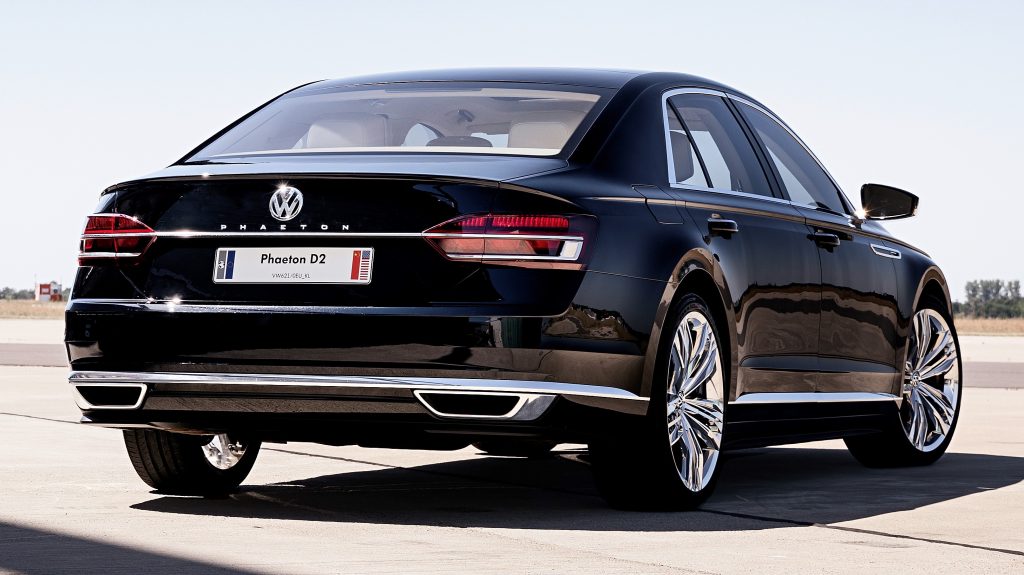
Frequently asked questions
No. It discontinued the model in 2016.
The company designed it to be the best among luxury sedans. However, since its production ended in 2016, owning one today is a sure way to have problems with maintenance.
As much as a discontinued car usually is. Volkswagen has a strong reputation in that regard, but the car has been out of production for six years now. Besides, it did not sell well in most countries. If maintenance is a primary concern for you, the Phaeton is definitely not a good purchase.
In 2016. The model was available in the market for 14 years. It had several small modifications throughout that period.
There were many options. One of the most interesting features of that car was offering V6, V8, V10 and even W12 engines. Volkswagen wanted the Phaeton D2 to offer a similar variety plus a plug-in hybrid version.
The Chinese branch released the Phideon in 2016. However, it is sportier and less sophisticated than the Phaeton. The model shown here would have been its legitimate second generation.
Danillo Almeida has explored his passion for cars in two distinct ways. The first one is his graduation course in Mechanical Engineering, which will hopefully lead to a job position in the field. The other one is expressing his knowledge and opinions on the matter through writing. Almeida has already contributed to blogs, stores, and websites in general writing automotive content in many formats.



